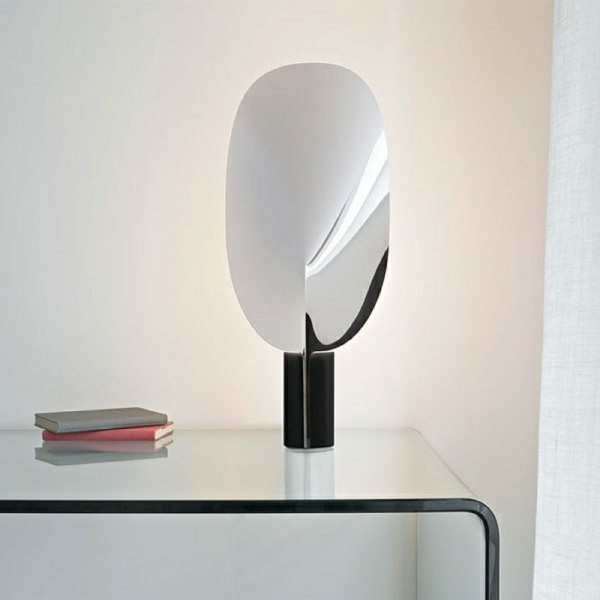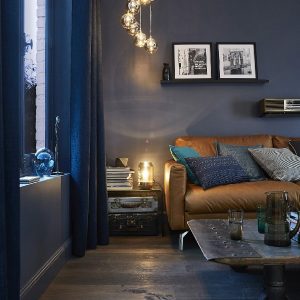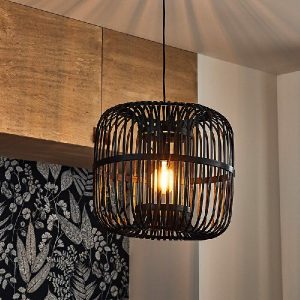
Wooden Furniture Feet
Wooden furniture feet are versatile accessories that can add a touch of style and support to a piece of furniture. Whether you are building your own furniture or looking for the right foot to complete an existing piece, these little components make all the difference in creating a cohesive design. Shop Highland Manor Wood Products for a wide selection of wooden furniture feet to fit your needs and design style.
There are a variety of furniture foot styles to choose from, including bun feet, arrow feet, tulip feet and more. These legs are carved from hardwoods like oak, maple, cherry and mahogany and come in a variety of designs to match your furniture. A bun foot is a rounded, turned furniture foot that is separated from the leg by a ring and bulges outward before tapering down into a round collar or base. This design dates back to the 17th century, when it was popular on Jacobean pieces and later flourished in William and Mary pieces. It regained popularity in the mid-19th century Renaissance Revival and also can be found on more humble country furniture. The arrow foot is another rounded, turned furniture foot that separates from the leg by a ring and has a plain look. These are often used on Hepplewhite and Sheraton furniture. Arrow feet are reminiscent of the shape of an arrow and may be used alone or with other turned or carved furniture legs.
A tulip foot is a variation on the bun foot that features a slender neck that resembles the shape of a tulip flower and then tapers down into a round collar or base. These are usually seen on Hepplewhite and Sheraton pieces and were popular during the 18th century.
The claw foot, sometimes called a lion foot, is a curved furniture leg that resembles the claws of a lion. This style of foot is often used on Hepplewhite and Sheraton-style furniture but also can be found in other Georgian and Neoclassical designs, including Sheraton. The lion foot can be carved or left plain and is often a feature on cabriole legs that have an outcurved knee and incurved ankle.
When dating antique furniture, it is important to keep in mind that furniture feet go in and out of style over time. Therefore, you should use other determining factors to determine the approximate age and style of your furniture piece. However, these foot styles can help you narrow down your search and give you a good idea of the age range and furniture style you are searching for.


